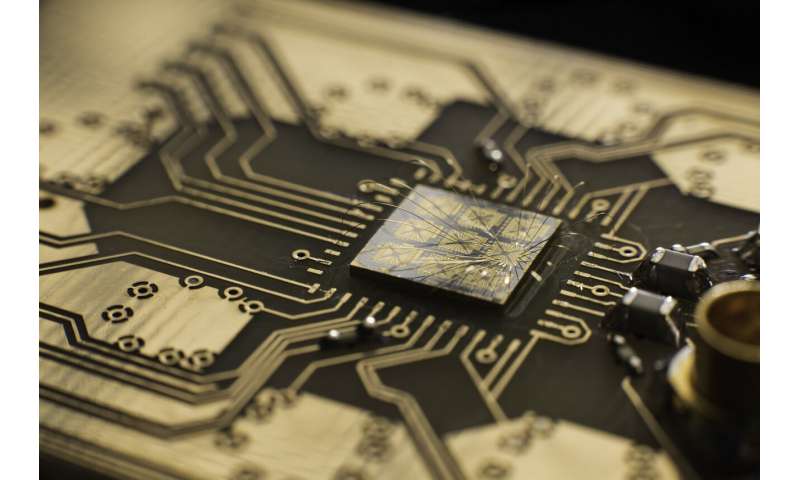Best of Last Week: Getting closer to a quantum computer, a million-mile battery and garlic and onions may prevent cancer

It was another good week for physics research as Hooman Davoudiasl, a theoretical physicist at the Brookhaven National Laboratory, proposed that LIGO/Virgo black holes originate from a first-order phase transition—a first-order primordial quark confinement phase transition. And a combined team of researchers from Purdue University and the University of Rochester outlined work that is bringing scientists one step closer to a fully functioning quantum computer—a method of relaying information by transferring the state of electrons. Also, another combined team, this one from Stanford University and the Department of Energy's SLAC National Accelerator Laboratory, announced that they had found superconductivity in a place scientists have been looking for decades—in cuprates.
In technology news, a team at Dalhousie University, in collaboration with Tesla, Inc., unveiled a million-mile battery, developed through groundbreaking research. They claim it will power a vehicle for over 1 million miles and last for two decades. And a team at the University of Michigan demonstrated a roofing drone that nails down shingles—the autonomous octocopter was able to nail shingles to a roof using a nail gun. Also, a pair of researchers from the University of Virginia and the University of Bergamo, Deborah Johnson and Mario Verdicchio, explored the meaning of humanoid sex robots and found what they describe as evidence that robots will not be replacing humans in the bedroom anytime soon. And a team at the University of Illinois at Chicago announced that they had developed the first fully rechargeable carbon dioxide battery with carbon neutrality. They say it will last for at least 500 consecutive charge/recharge cycles.
In other news, a team at Newcastle University announced that they had found the cause of antibiotic resistance—bacteria can change form to avoid being detected by antibiotics. And a team with members from the Alberta Cancer Foundation and the Li Ka Shing Applied Virology Institute reported research they described as a "magic" cancer treatment—a single pill that could one day cure all kinds of cancers.
And finally, if you are like hundreds of millions of women the world over worried you may develop breast cancer, you may want to check out the results of a team with members from University at Buffalo, the University of Puerto Rico and the University of California—they found evidence suggesting that onions and garlic may be a recipe for reducing your breast cancer risk.
© 2019 Science X Network